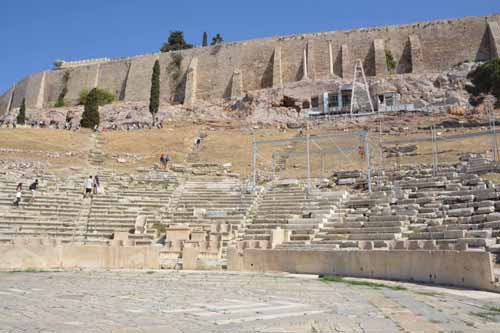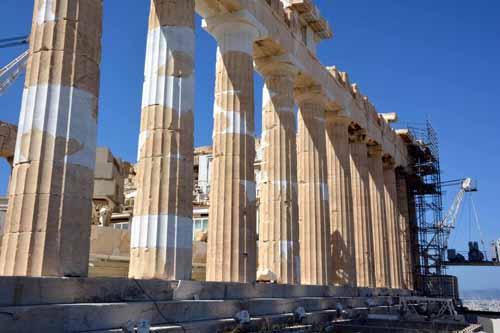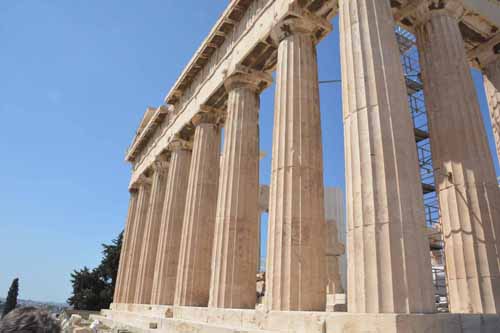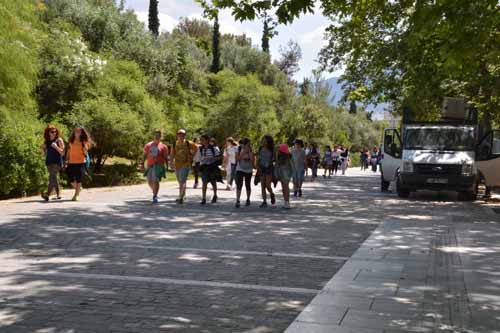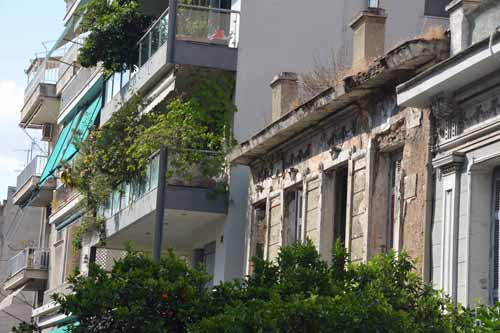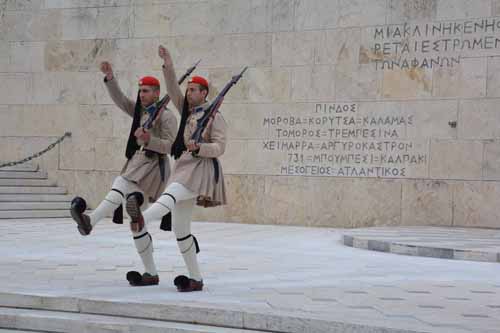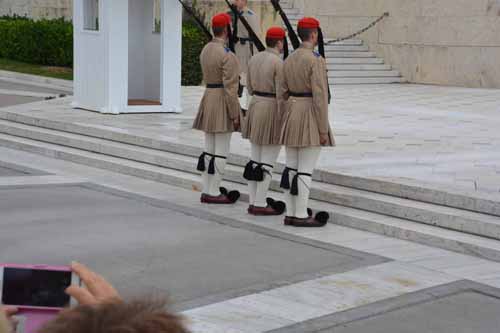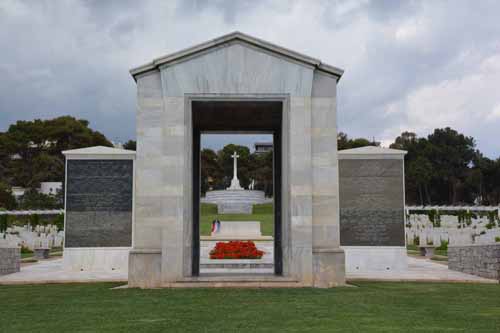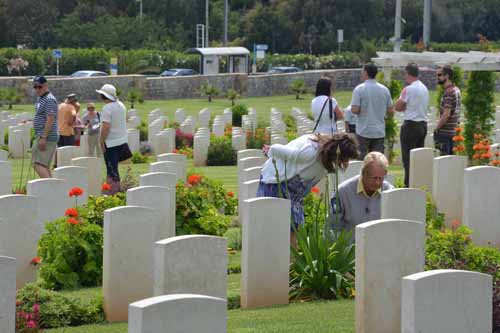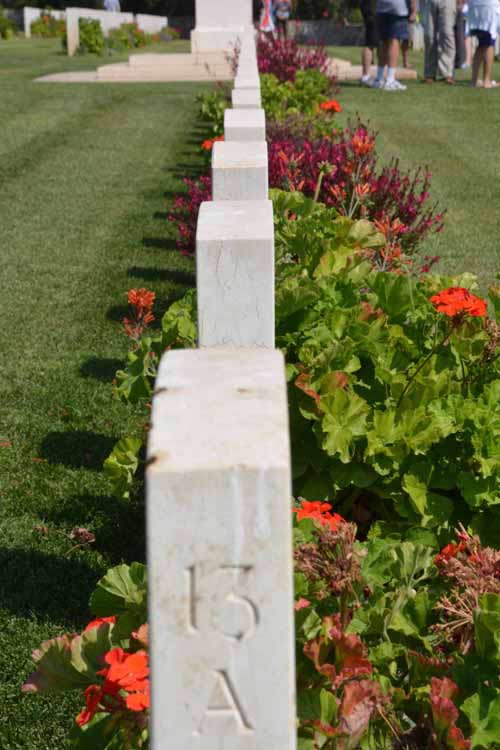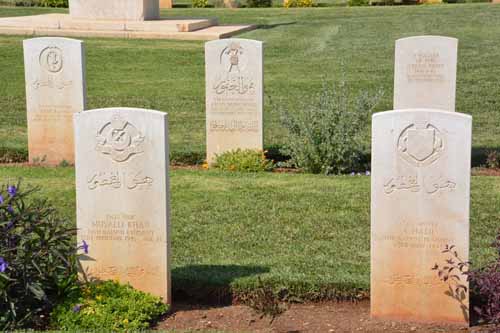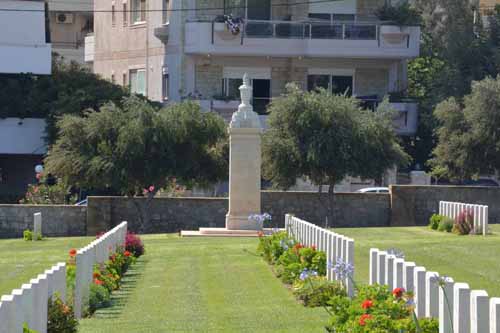Crete Pilgrimage 2016 - Day 26Greece - The Acropolis and a day in AthensIntroductionToday we had a free day, so we headed up the hill early to visit the Acropolis. It was a warm morning and felt likely to get very hot. We started to climb the path and soon met our first group of tourists, mostly American, sitting all over the steep steps in the shade. They seemed most disgruntled that somebody would want to walk past them and continue to climb. It never sunk in that there were completely blocking the path. So up we went, and eventually stood facing the Parthenon. I should not have been surprised at all the scaffolding. Everywhere else we had been in Europe was wrapped in scaffolding, so why would Athens be different? For me, the Parthenon lived up to its reputation as an amazing piece of architecture, especially considering its age. It was completed in 438BC. It was partially destroyed in 1687 when an Ottoman amunition dump inside the building exploded. Restoration was undertaken and in 1801-1803 Thomas Bruce, 7th Earl of Elgin removed some of the surviving sculptures, now known as the "Elgin Marbles" and sold them to the British Museum. Bus Tour around AthensWe had some spare time before lunch so we took a bus tour around central Athens.
Changing the Guard at Syntagma SquareSyntagma Square is in central Athens. It is the Palace and also the site of the Tomb of the Unknown Warrior, where an honour guard stands. Each hour the guard is changed and crowds watch this spectacle.
The Phaleron War Cemetery at AthensOur first stop on our way to the port at Piraeus was at the Commonwealth War Cemetery at Phaleron. Here, all the casualties from the Greece campaign in 1941 are interred, along with some of those from Crete. There is a large section of memorial columns, the Athens Memorial, commemorating nearly 3,000 members of the land forces of the Commonwealth who lost their lives during the campaigns in Greece and Crete in 1941 and 1944-1945, in the Dodecanese Islands in 1943-1945 and in Yugoslavia in 1943-1945, and who have no known grave. An unusual aspect is a small plot in the north-east corner that contains the graves of servicemen who served in the Crimean War, but died later in Greece.
Dinner by the harbour and onto the ferry to CreteOur final function in Greece was to drive to Piraeus Harbour and have dinner looking out onto the sea. It was then on to the wharf and the overnight ferry to Crete. The harbour was still crowded with refugees who had flooded Greece and other parts of Europe from North Africa.
Last updated: 09/06/2017 |

